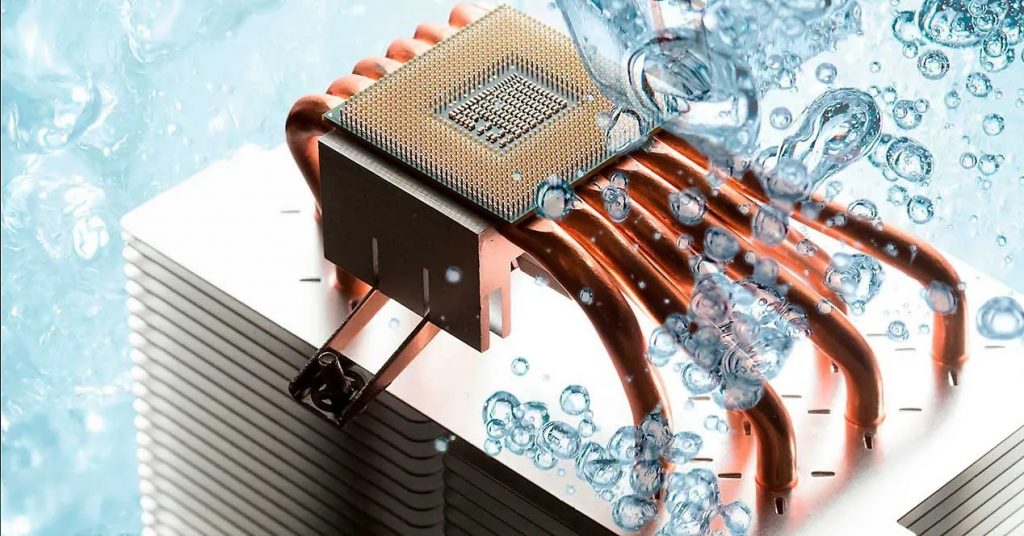What is a heat pipe?
Commonly called in our language as caloducts, heat pipes are a pipe (or tube) of a high conductivity material that encloses in its interior a liquid with very specific properties.
Its purpose is logically to dissipate the heat by means of a transfer by thermal conductivity, or what is the same, to steal the heat generated from the electronic component and dissipate it in an aluminum fin radiator.
To achieve this, the sealing of said tube (usually electrolytic copper of incredible purity) is performed under vacuum to prevent the liquid inside it from evaporating, where it will completely cover the internal diameter of the tube.
These usually have between 4 mm and 8 mm in the PC industry, although logically larger thicknesses can be achieved. The thicker, better treatment, material and purity thereof, the more thermal conductivity will occur.
When the component is heated, for example a CPU or a GPU, the liquid begins to absorb this temperature and having very specific properties such as a very low evaporation point, it goes from a liquid to a gaseous state very easily within what is known as the evaporator section.
The vaporized fluid is very dense and spreads rapidly to the other end of the tube, from end to end, thanks to what is known as pressure generated by temperature difference. It must be remembered that the end end is being cooled by the fins and the corresponding fan, where said end is known as a condenser.
In it, the vapor cools and returns to its liquid state, which allows the cycle to restart again thanks to what is known as the capillary force.
Now you know what these fun little tubes do that help us reduce the temperatures in our electronic components that we love so much !!!
